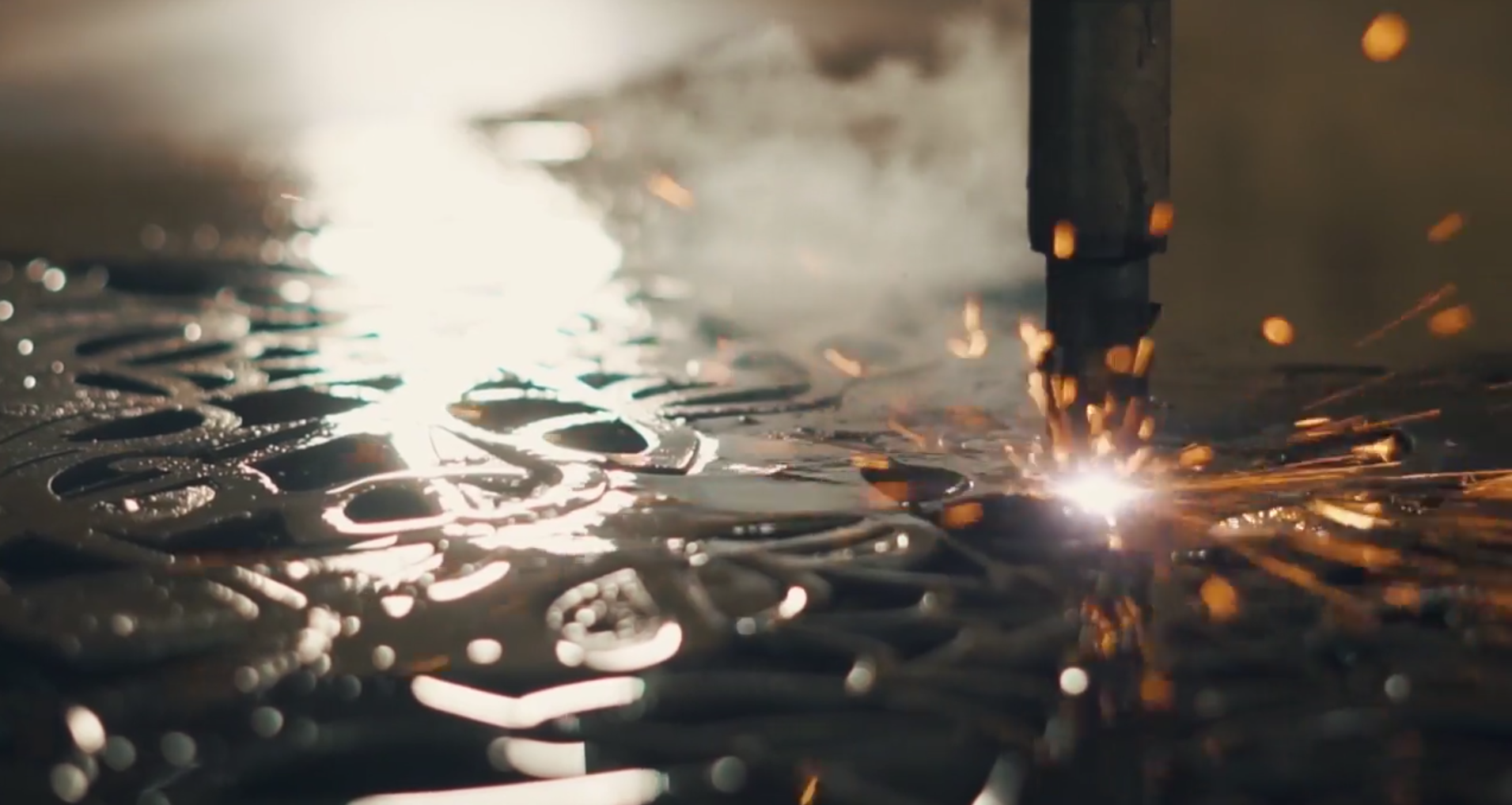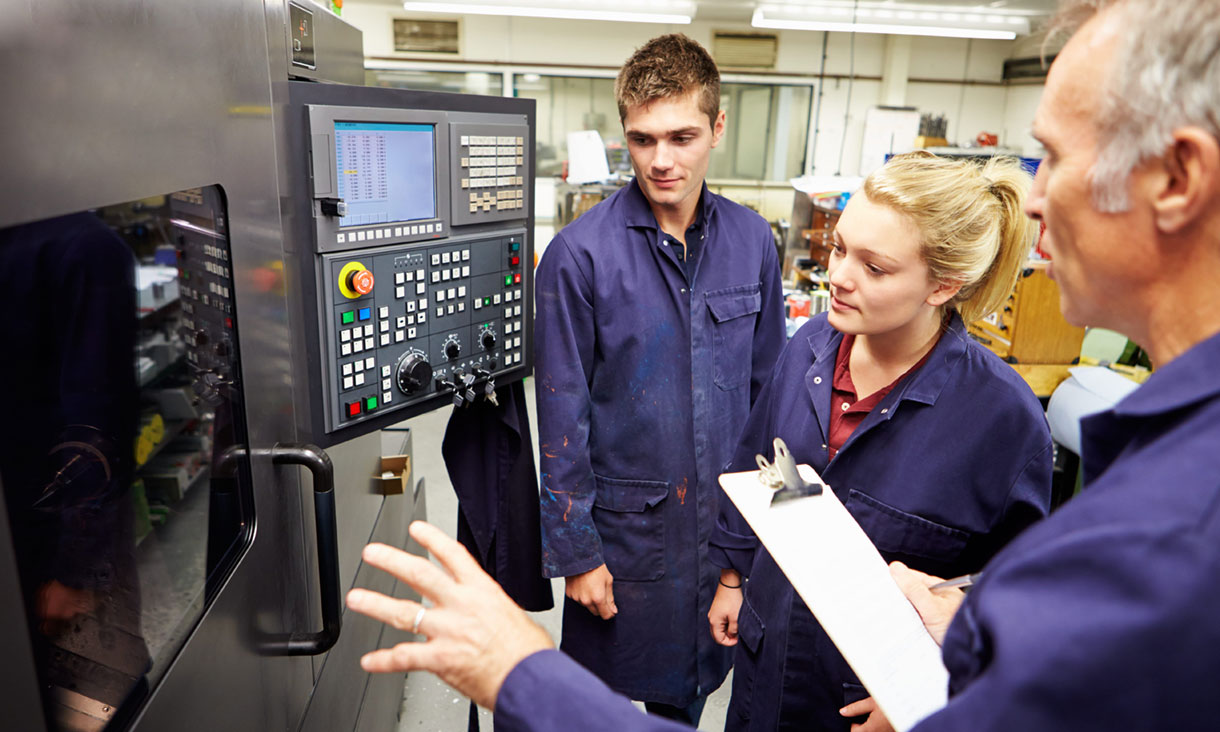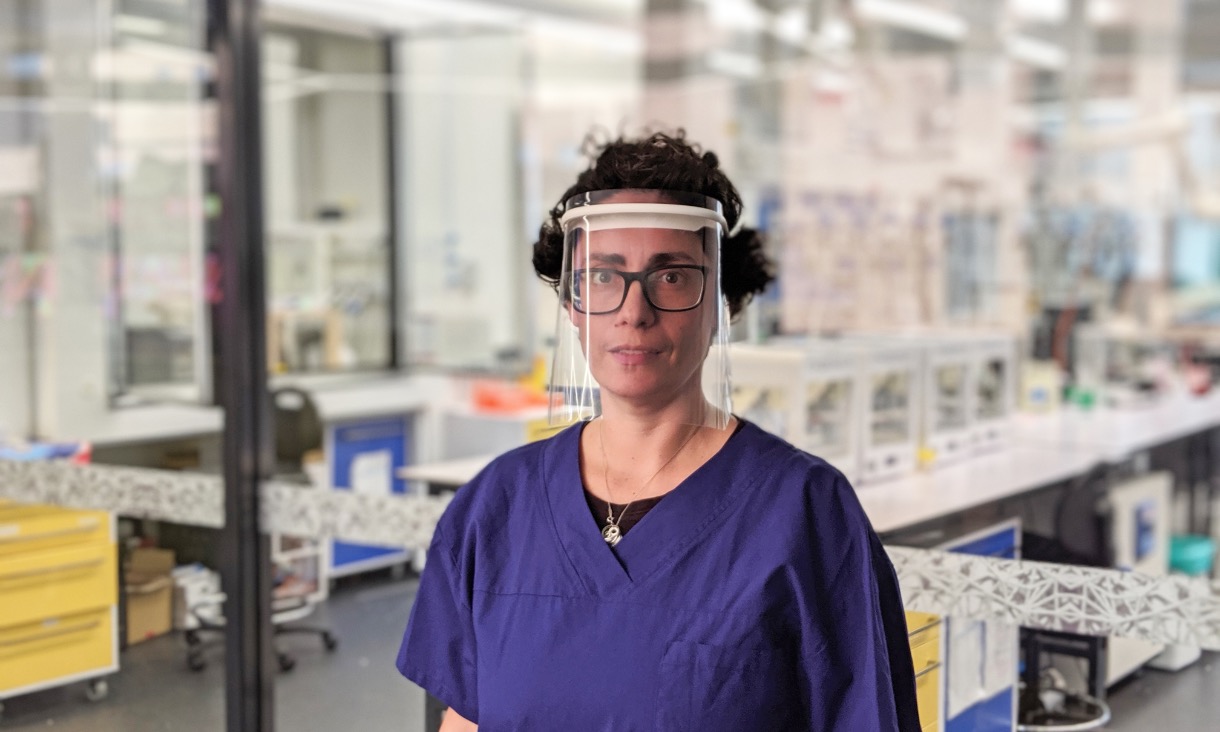Eternal flame burns on after RMIT steps in with repairs
A quick response by manufacturing experts has kept the Eternal Flame at Melbourne’s Shrine of Remembrance from going out.
Global 3D printing partnership to boost local manufacturing
RMIT University is partnering with Europe’s leading 3D printing institute to support the transformation of Australian manufacturing.
Titanium leg gives old dog a new leash on life
A 3D-printed titanium bone implant is giving a senior rescue dog a new leash on life, thanks to RMIT University engineers and vets from The University of Queensland.
Stepping up to shield our healthcare workers from infection
RMIT engineers are 3D printing face shields for frontline healthcare workers in a rapid response to projected shortages during the pandemic.







